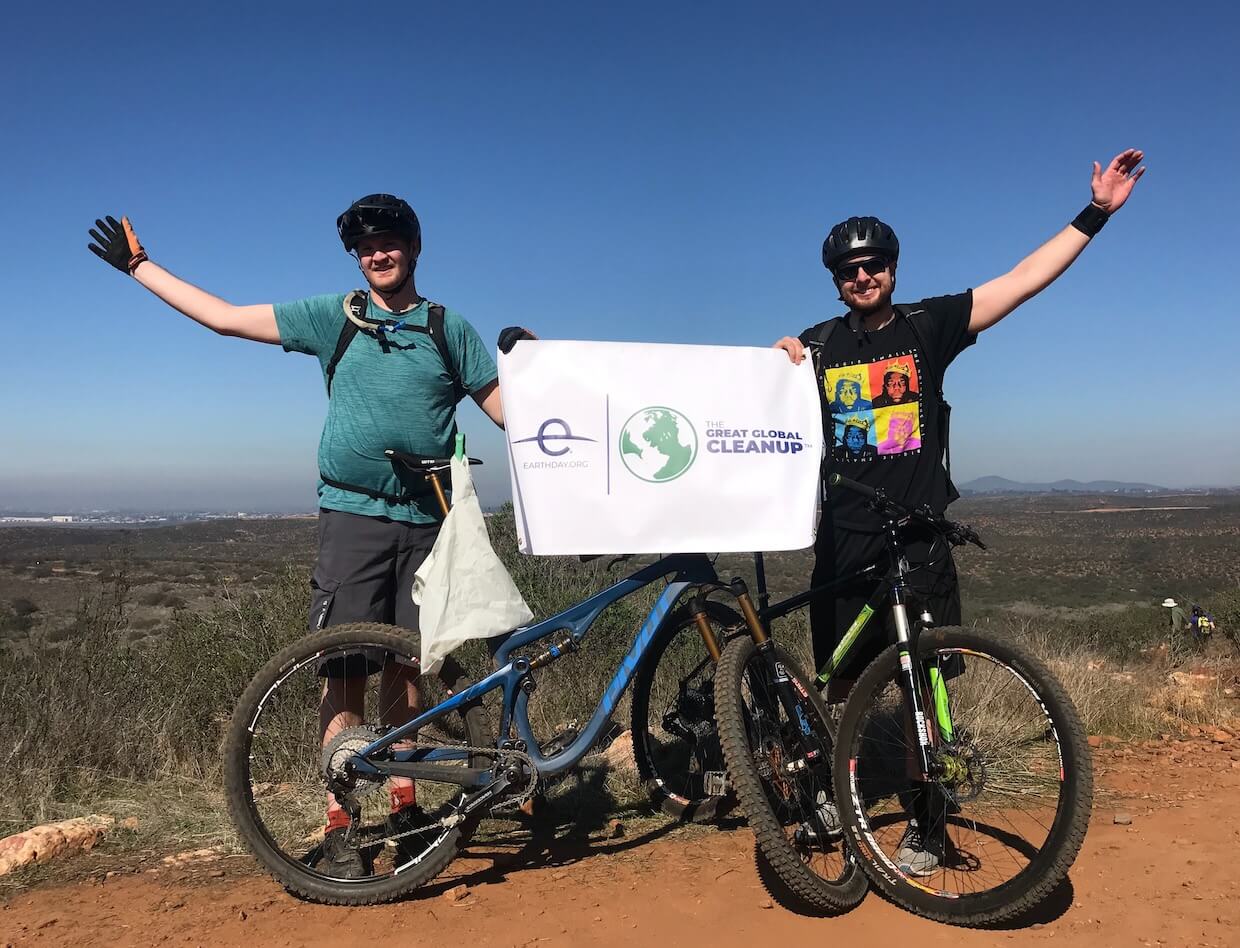Jackson Hole, Wyoming, boasts beautiful mountains, lakes, and wildlife. People love to visit and enjoy the outdoors there. However, with more visitors each year, it’s essential to ensure we don’t harm the natural beauty that defines Jackson Hole.
When we go to Jackson Hole, we should be responsible. We can do simple things like stay on trails, pack out all trash, and not feed or disturb wildlife. This ensures that these remarkable rental spots will remain accessible for enjoyment for years to come. Respecting nature during visits to Jackson Hole ensures that future generations can experience the same natural wonderland we enjoy today.
Source: Unsplash
Table of Contents
The Importance of Respecting Jackson Hole’s Natural Wonders
Jackson Hole is a special destination. It’s part of the Greater Yellowstone Ecosystem, one of the biggest untouched natural areas left on Earth. This huge area, spanning over 18 million acres, goes across Wyoming, Montana, and Idaho. It includes Yellowstone National Park and is the source of three major rivers, the Snake, Green, and Yellowstone Rivers. These rivers and their streams provide important habitats and water for wildlife.
Within Jackson Hole itself, there are different ecosystems like mountain tundra, sagebrush plains, and forests that are home to amazing animals. Bears, wolves, elk, moose, antelope, and bison all live here. Protecting this ecosystem is so important for keeping these wildlife populations healthy and connected.
However, Jackson Hole welcomes over 4 million visitors annually. Tourism helps the local economy but also puts a lot of pressure on the land and wildlife. Development, trail erosion, disturbance to animals, invasive species, and pollution can all harm this delicate ecosystem. When people aren’t responsible, the natural wonder of Jackson Hole is threatened.
For those looking to experience luxury cabins in Jackson Hole, Wyoming, we offer premier Jackson Hole vacation rentals and services to match your sustainable travel needs.
By being mindful of visitors, we can reduce our impact. Staying on trails, disposing of trash, keeping distance from wildlife, and avoiding pollution will help ensure future generations can enjoy the majestic landscapes and wildlife of Jackson Hole. Our collective actions shape the fate of the Yellowstone ecosystem and its unparalleled biodiversity.
Recreating Responsibly in Jackson Hole
Responsible recreation practices are essential for any Jackson Hole adventure. Here are some tips:
Tell others your hiking plans and when you’ll be back. That way, if an emergency happens, people will know to come look for you. Leave a note on your car dashboard too with details about your hike.
Check the weather forecast before heading out. Jackson Hole’s mountain weather can change fast with drops in temperature, thunderstorms, or avalanche risks. Know before you go so you can dress and pack properly.
Carry emergency mount gear like maps, compass, GPS, extra batteries, extra layers, rain protection, first aid kit, headlamp, fire starter, and extra food and water. This will help if your trip takes longer than expected.
Stay on marked trails to avoid damaging plants, soils, and historical native sites. Learn about Native American history in Jackson Hole at local museums to appreciate the native land.
Give animals space; stay at least 100 yards away. Use binoculars or zoom lenses to safely see wildlife instead of getting too close. Never approach, feed, or follow animals.
Use bear-proof canisters to store all food and scented items. If camping, hang bags 10 feet up and 4 feet out from trees. Keeping a clean camp prevents negative wildlife interactions.
Keep dogs leashed or under close command to avoid disturbing wildlife or others. Always pick up dog waste – don’t leave it on trails. Avoid areas with lots of bear activity. Be a responsible pet owner to prevent dog-wildlife conflicts.
Also, pack out all trash, stay on trails, and keep noise down. Following Leave No Trace principles protects Jackson Hole and makes the experience better for everyone. By being prepared and minimizing our impact, we can enjoy the natural beauty while keeping it pristine.
Jackson Hole Mountain Resort’s Sustainability Efforts
Jackson Hole’s main ski resort, Jackson Hole Mountain Resort (JHMR), works hard to be sustainable in all they do:
In 2019, JHMR switched to using 100% renewable wind power for all electricity. This eliminates over 6,000 tons of carbon emissions each year.
New buildings and major renovations have to meet green building standards at a minimum. This makes them more eco-friendly, like using reclaimed lumber and local stone.
JHMR aims to reduce landfill waste by 20% by 2030 through composting and recycling programs. All food and paper waste from restaurants and hotels is composted on-site.
Upgrades have reduced JHMR’s water usage by over 14 million gallons through things like low-flow plumbing and leak detection and repair. They also capture mountain runoff for irrigation.
JHMR partners to restore damaged habitats from too much use and development. This protects important areas like elk wintering grounds.
JHMR educates guests about sustainability through recycling stations, tours, and activities with environmental groups. Employees also get sustainability training.
JHMR is a great example of how tourism can be sustainable. Their programs aimed at reducing emissions, conserving resources, and protecting habitats benefit Jackson Hole. We can all learn from their environmental commitment.
Frequently Asked Questions
What are some ways to respect the wildlife in Jackson Hole?
Give animals plenty of space and do not approach them
Properly store any food or scented items to avoid attracting bears.
Keep pets leashed and under control to avoid disturbing wildlife
Stay quiet and move slowly to not startle animals.
Use binoculars or telephoto lenses to safely view wildlife from afar
How does Jackson Hole Mountain Resort contribute to sustainability?
Uses 100% renewable electricity
Constructs LEED-certified environmentally friendly buildings
Sets goals to reduce waste and water usage
Restores degraded habitats and protects wildlife areas
Promotes sustainability through guest education
What are some tips for recreating responsibly in Jackson Hole?
Stay on designated trails to avoid damaging habitats
Carry all trash out and leave no trace
Be prepared with proper gear and supplies for backcountry trips
Check forecasts and conditions before heading out
Store food securely and keep dogs leashed to avoid wildlife conflicts
Educate yourself on leave no trace principles and local ecology
Conclusion
Jackson Hole lets people enjoy amazing outdoor adventures. But we need to make sure we protect this special place while having fun. By following Leave No Trace rules and being responsible tourists, we can help Jackson Hole’s environment.
Small things make a difference, like staying on trails, storing food, and giving wildlife space. We all affect Jackson Hole’s future by how we choose to visit. The mountains, lakes, rivers, and animals rely on healthy ecosystems. How we recreate impacts these ecosystems. When we’re responsible, we keep Jackson Hole magnificent for future generations.
Our choices as visitors directly impact the health of the ecosystems we explore. Jackson Hole’s natural beauty is truly unique. Let’s make sure our actions as visitors keep it that way, so others can experience the same wonders we do. Respecting the land and wildlife ensures the prosperity of the mountains, waters, and animals for generations.
The post How Can Travelers Make a Positive Environmental Impact During Their Jackson Hole Adventures? appeared first on Top Entrepreneurs Podcast | Enterprise Podcast Network.





Leave a Reply